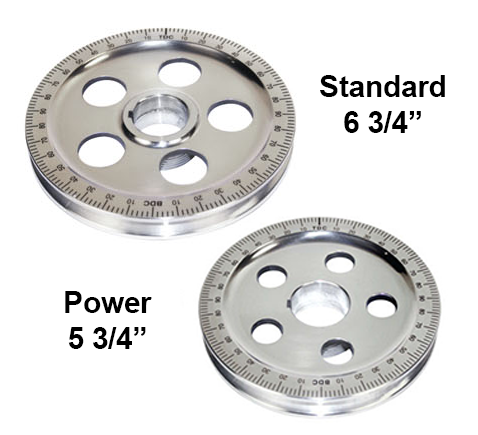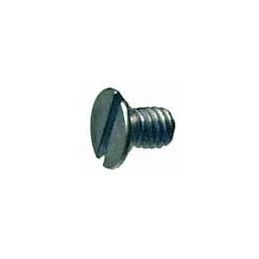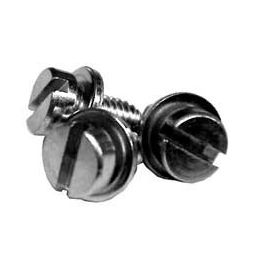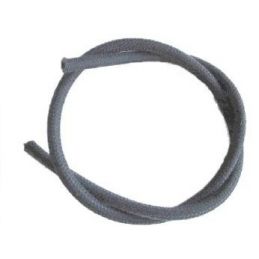Power Pulley Vs. Stock Pulley
We all know what a stock size pulley is, but does everyone know what a power pulley is? And if it actually gives you more power? How does a pulley do that? It's not driving a supercharger, so how does it work? In this article, I will explain pro and cons to both and where the power comes from.
The stock size pulley is approximately 6 ¾” where the power pulley is approximately 5 ¾” inches or smaller. So if the power pulley gives us free horse power why not put that pulley on everything? Well because it makes power by turning the fan slower. Huh? Yep, that’s right. Think about it. It takes power to turn that fan and generator. If you reduce the rpms on the fan and generator then in effect you will gain power. I don’t have the exact number on how many horses you will gain with this, but I am sure it’s not much. Do we really want to spin the fan slower? That depends.

Here is my experience. On a daily driver where the rpms don’t really go above 3800 for extended time or when the motor is not gaining rpms at a rapid rate, then I would want the stock size pulley. This way I have the maximum cooling from the fan. I will give up the little amount of hp to keep the motor cooler. On a Friday/Saturday night car, it’s a 50/50. If you can get away with a stock size without flipping or throwing off the belt, do it so that you have the extra cooling aspect. If you are jumping on it a lot and throwing belts, then I would opt for the power pulley. For a race car or off-road car with a bigger hp motor then I would still go with the power pulley. Not so much for the hp, but because if you have a motor that can gain rpms quickly then you run the risk of throwing the belt off with a stock size pulley. The smaller the pulley the less likely you are to throw or flip a belt. Those of you who have done it know what I am talking about. It doesn’t seem to matter how tight the belt is, if your motor gains rpms too fast it will flip or come off. Serpentine systems work well for the street and they won’t have the belt problem a standard pulley system has as far as flipping or throwing a belt. However, there is one drawback that I have found with the serpentine system. The belt does not slip. So back to the Friday/Saturday night or race motors. If your motor can gain rpms fast I have seen the fan explode from that sudden rpm rate. “What? Really?” Yes, the stock fans are more or less pressed together. I am sure you have heard the term welded fan. Well this is where they weld the fins of the fan to the outer plates that make up the fan. It keeps the fins from flying apart. I have seen exploded fans and it’s not a pretty sight. The blades can do some damage. I have seen the top of fan shrouds blown apart, cylinder fins broke off, fin blades stuck in the head, etc.
So that’s pretty much it. If you have a daily driver I would stay stock size, the small bit of HP you gain is not worth the decrease in cooling. I am all for degree pulleys, but again stock size on a daily driver. On the Friday/Saturday night car, if it was me I would start with a stock size and make sure you keep an eye on the gen light when you are jumping on it. If you find that you are flipping the belt or throwing it, then I would go to a power pulley. On a race motor or hopped up off road motors I would just start out with a power pulley. Your rpms will be all over the place and more than likely a lot of times over 4K. You’re not going to be paying attention to a light or a gauge and you don’t want to run the risk of throwing the belt. Serpentine belt systems again a good way to go but if your motor has any big horse power I would so put a welded fan on.







